See ISS Through Telescope
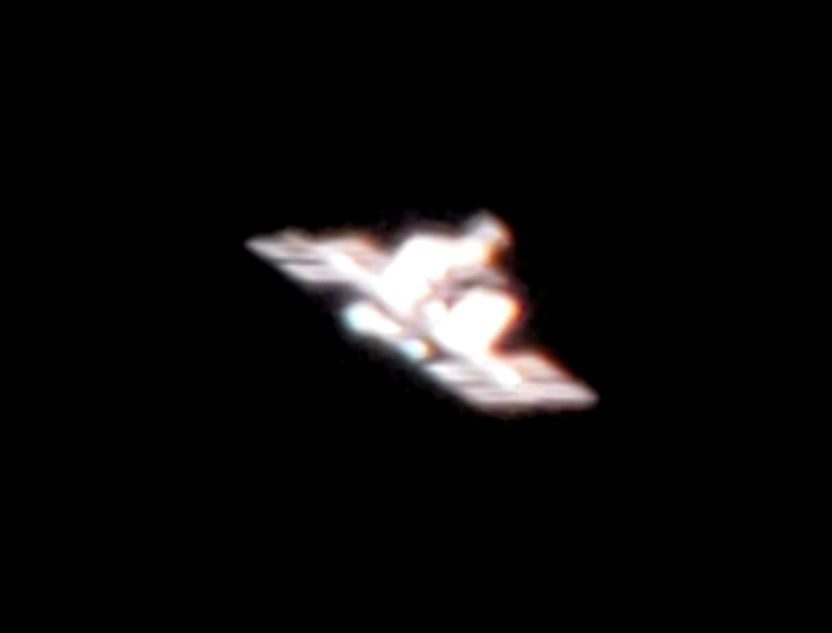
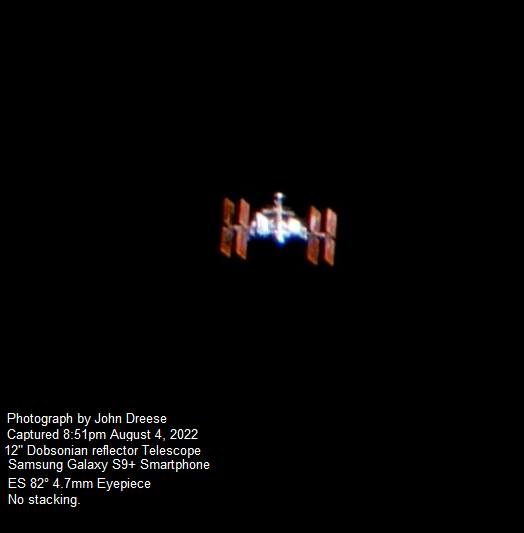
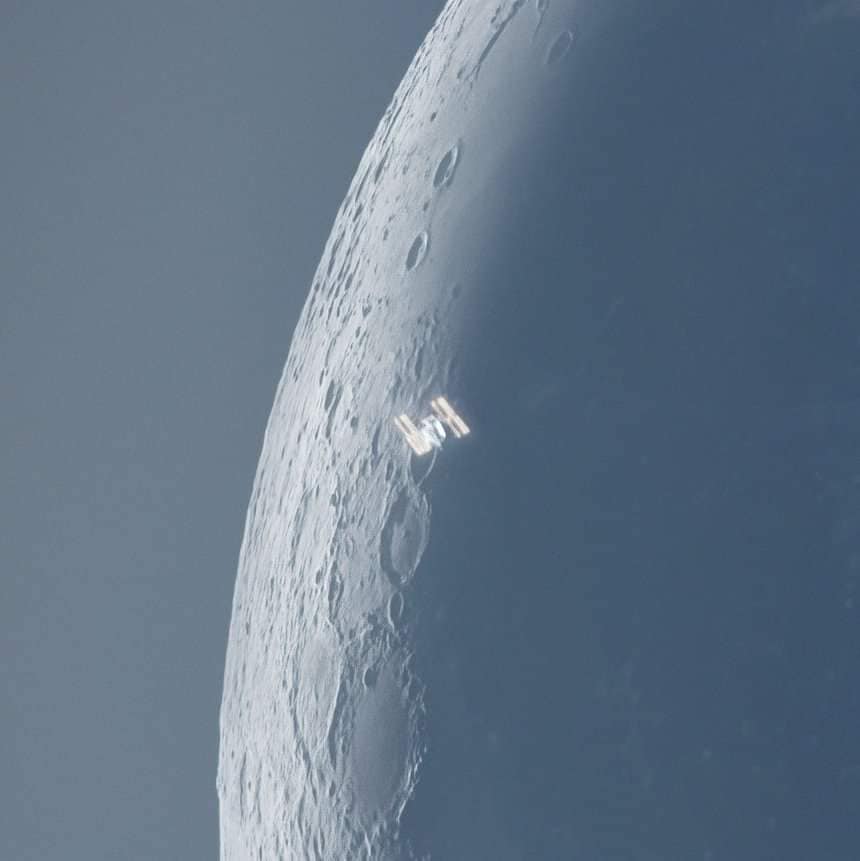
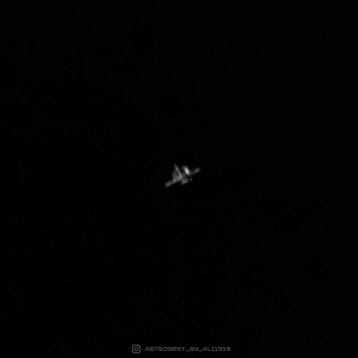
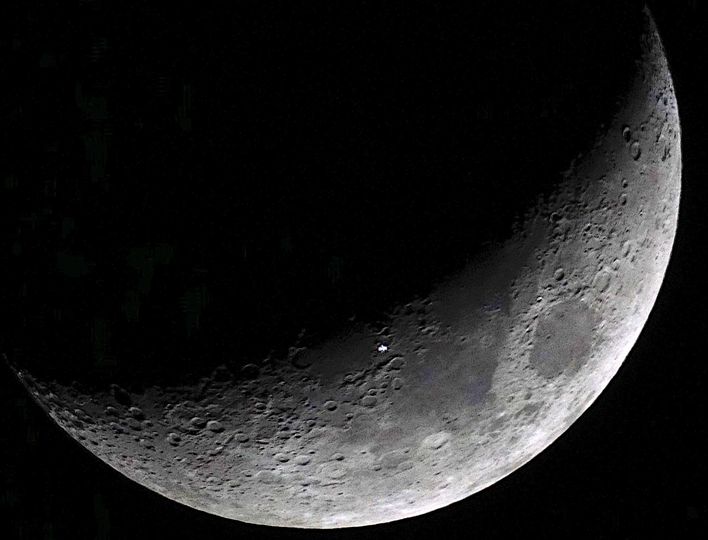
The International Space Station (ISS) can be observed through a telescope, offering a captivating viewing experience. The ISS is one of the brightest objects in the night sky, with a maximum magnitude of -5.9, making it an ideal object for telescopic observation. To view the ISS successfully, a telescope with an aperture of at least 60 mm and a magnification of 20-50x is recommended. This setup allows viewers to see the ISS’s shape and details, such as its solar panels. The ISS appears as a small, white, cylindrical object moving rapidly across the sky.
To see the ISS, one does not necessarily need a telescope; it can be seen from Earth as a bright, steadily moving object. Check the ISS orbit and visibility using resources like NASA’s Spot the Station or Heavens-Above. These provide information on when and where the ISS will be visible from your location. You can also sign up for ISS sighting alerts from websites or apps like ISS Detector to ensure you don’t miss a viewing opportunity.
The best times to view the ISS are a couple of hours before sunrise or after sunset when the sky is dark, but the sun still illuminates the ISS. Choose a location with a clear view of the horizon, away from city lights and obstructions. Using tracking information, face the correct direction; the ISS will appear to rise from the horizon. The ISS moves quickly, so be prepared to spot a fast-moving object that takes about 2-5 minutes to cross the sky. Binoculars or a telescope can enhance the view of ISS but are not necessary.
Can you see the ISS with a telescope?
Yes, the International Space Station (ISS) can be seen through a telescope. The ISS is one of the brightest objects in the night sky, boasts a maximum magnitude of -5.9, which is significantly brighter than most stars and planets. This brightness makes it an ideal object for telescopic observation.
To successfully observe the ISS through a telescope, you’ll need a telescope with an aperture of at least 60 mm (2.4 inches) and a magnification of 20-50x. This setup will allow you to resolve the ISS’s shape and see its details, such as the solar panels. The ISS appears as a small, white, cylindrical object moving rapidly across the sky when viewed through a telescope.
There are additional considerations to keep in mind when attempting to see the ISS through a telescope. The ISS orbits the Earth at an altitude of around 400 km (250 miles), making it a fast-moving object in the sky. You can use planetarium software or websites like NASA’s Spot The Station to track ISS’ movement, they provide precise information on when and where to look. The ISS is best seen when it is in sunlight and your location is in darkness, as this contrast enhances its visibility.
Can you see the ISS without a telescope?
Yes, you can see the ISS without a telescope, as it is visible to the naked eye. The International Space Station appears as a bright, moving object in the night sky.
The ISS is a remarkable sight to see from Earth without the need for a telescope. It appears as a small, white dot moving slowly across the sky, much faster than a plane. This is due to the ISS being in low Earth orbit, about 250-260 miles (400-420 kilometers) above the Earth’s surface. The Sun’s reflection off its solar panels and modules makes the ISS visible from the ground, causing it to be one of the brightest objects in the night sky. The ISS lacks blinking lights, making it easier to identify and distinguish from other moving objects.
Apps and websites can alert you when the ISS will be visible from your location. This way, you’ll know exactly when and where to look to spot the ISS as it crosses the sky. Telescopes are not required to see the ISS, but they can provide a more detailed view of its structure.
How to see the ISS?
To see the ISS, follow the steps listed below.
- Check the ISS orbit and visibility using websites like NASA’s Spot the Station or Heavens-Above for your location’s viewing times.
- Sign up for ISS sighting alerts from websites or apps like ISS Detector to never miss a viewing opportunity.
- Best viewing times are a couple of hours before sunrise or after sunset when the sky is dark, but the sun still illuminates the ISS.
- Find a location with a clear view of the horizon, away from city lights and obstructions.
- Face the correct direction based on tracking information; the ISS will appear to rise from the horizon.
- The ISS moves quickly, so be prepared to spot a fast-moving object that takes about 2-5 minutes to cross the sky.
To begin your ISS viewing journey, it’s essential to check the station’s orbit and visibility using websites like NASA’s Spot the Station or Heavens-Above. These resources provide valuable information about when and where the ISS will be visible from your location. You can sign up for ISS sighting alerts from these websites or apps like ISS Detector, ensuring you never miss an opportunity to witness the space station’s majestic passage overhead.
The best viewing times to look for the ISS are within a couple of hours before sunrise or after sunset. During these periods, the sky is dark enough for the ISS to be easily visible, while the sun is still illuminating the space station. To further enhance your viewing experience, find a location with a clear view of the horizon, away from city lights and obstructions that might obstruct your line of sight.
When you’re ready to embark on your ISS viewing adventure, face the correct direction based on the information provided by the tracking websites or apps. The ISS will appear to rise from the horizon, either towards the west after sunset or towards the east before sunrise. Keep in mind that the ISS moves quickly, so be prepared to look for a fast-moving object that will take about 2-5 minutes to cross the sky.
Binoculars or a telescope are not required to see the ISS, they can enhance the view and make the structural details of the space station more visible. So grab your viewing equipment if you have it, but don’t worry if you don’t – the ISS can still be enjoyed with the naked eye.
When can I see the ISS?
The best times to see the ISS are just before sunrise or just after sunset. During these periods, the sun is below the horizon for observers on the ground, but the ISS is still in sunlight. This contrast allows the space station to stand out against the dark backdrop of the sky, making it easily visible to the naked eye.
Visibility depends on your specific location and the ISS’s orbit. The space station follows a path around the Earth that changes over time. Sighting opportunities of ISS vary significantly depending on where you are on the planet.
To find out when you can see the ISS from your location, you can use NASA’s “Spot the Station” website or the ISS Detector app. These resources provide sighting times specific to your location, taking into account the ISS’s orbit and your geographical position.
When you look up at the sky during the specified sighting times, the ISS will appear as a bright, fast-moving object. It resembles a very bright star moving steadily across the sky. This sight can be quite spectacular, especially given the knowledge that it is not a celestial body, but a spacecraft inhabited by humans.
Typical sighting opportunities last for 2-5 minutes. The ISS travels at a speed of around 28,000 km/h, which means it quickly moves out of sight. It is essential to be prepared and look up at the sky at the right time to catch a glimpse of the ISS.
Visible sighting opportunities can range from several per week to just one per month, depending on the ISS’s orbit and your location. Regular checks of the sighting schedule can help ensure you don’t miss an opportunity to see the ISS.
Check the weather forecast before planning to see the ISS. Clear skies are optimal for viewing the ISS, as clouds or other weather conditions can obstruct your view. With clear skies and the right timing, you can witness the awe-inspiring sight of the ISS passing overhead.
